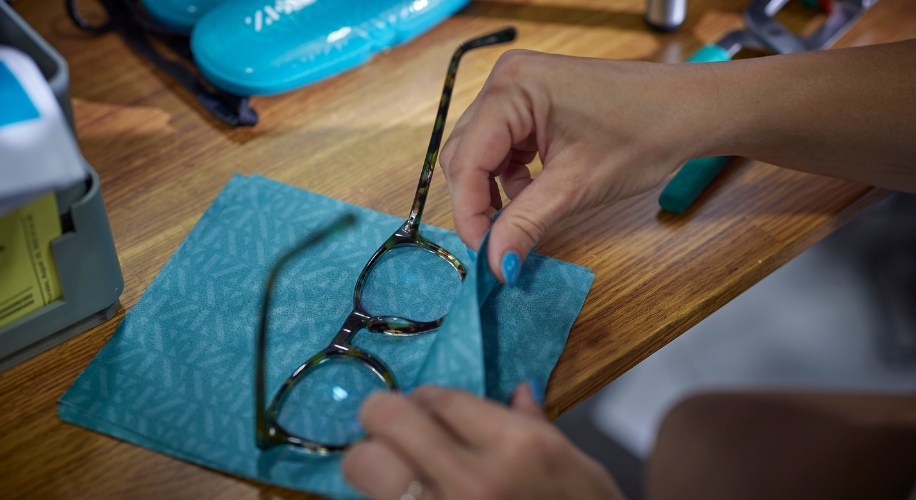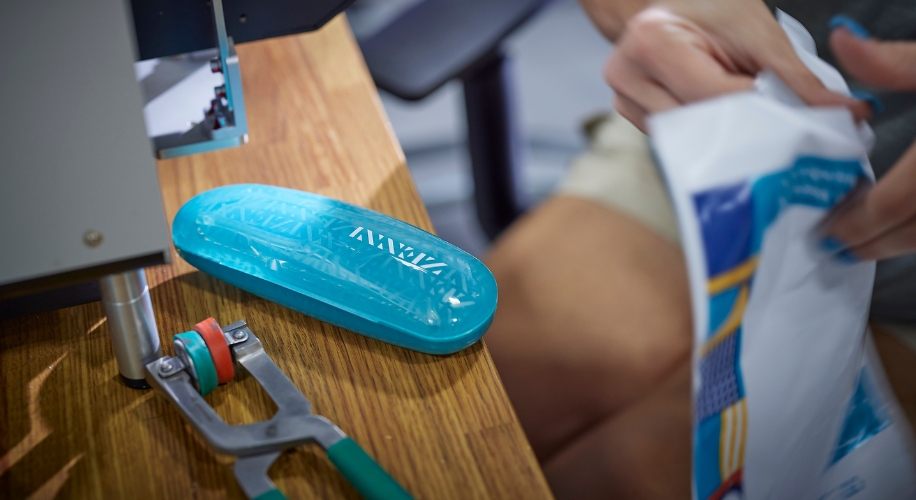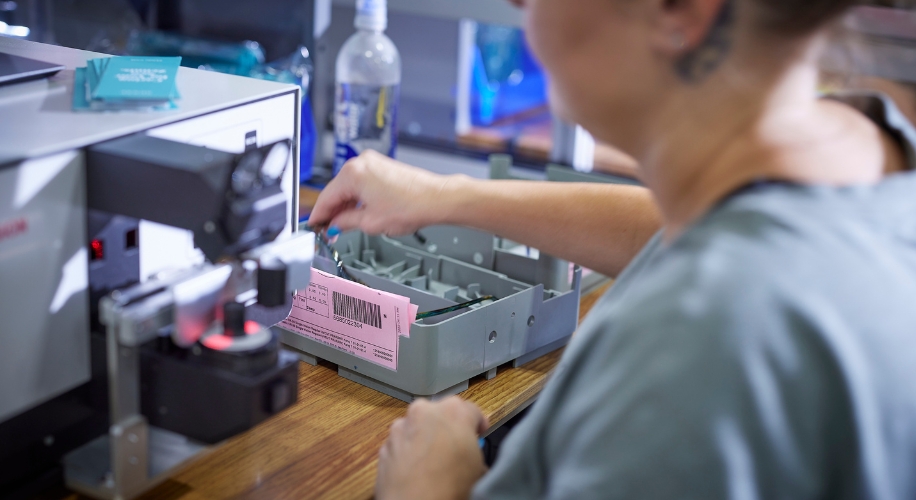Decoding the Components of Your Eyewear
- BY Dr. Steven Liem
- IN Frames

From enhancing vision to making a fashion statement, glasses have become an integral part of our lives. But have you ever wondered about the anatomy of your glasses? Understanding the different parts of your glasses can help you make more informed choices when shopping for your next pair. Let’s delve into the essential components of these indispensable accessories.
The Frame
The frame of the glasses is the most visible part and contributes significantly to the overall look of the glasses. It holds the lenses in place and comes in a variety of shapes, sizes, and materials. The main parts of the frame are:
- Front: This is where the lenses are housed. The front can be made of different materials such as metal, plastic, or a blend of both.
- Temples: These are the “arms” of the glasses. They extend over the ear to hold the glasses in place. Some temples have spring hinges for added flexibility and comfort.
- Bridge: This is the part of the glasses that rests on your nose. It connects the two lenses and helps distribute the weight of the glasses evenly.
Zenni Optical offers a wide range of frames to suit your style and comfort preferences.
The Lenses
The lenses are the heart of your glasses. They correct vision problems by bending light as it enters the eye, ensuring it focuses correctly on the retina. Here are some key terms related to lenses:
- Single vision lenses: These lenses have the same prescription across the entire lens and can correct nearsightedness, farsightedness, or astigmatism.
- Progressive lenses: Also known as no-line bifocals, these lenses correct different types of vision problems in one lens. They provide a seamless transition from distance correction at the top to reading correction at the bottom. Click here for more information on progressive lenses.
- Bifocal or trifocal lenses: These lenses have visible lines separating different prescriptions for distance and reading.
The Nose Pads and the Hinges
- Nose Pads: These small, usually clear, attachments help keep the glasses comfortably in place on your nose. They also help prevent the glasses from sliding down and can be adjusted for a perfect fit.
- Hinges: These connect the front of the glasses to the temples and allow the temples to fold in towards the lenses. Some hinges like spring hinges provide additional flexibility, making the glasses more durable and comfortable.
Understanding the anatomy of glasses will empower you to make informed choices when selecting your next pair. From the frame to the lenses, each part plays a crucial role in ensuring your glasses are comfortable, effective, and stylish.


